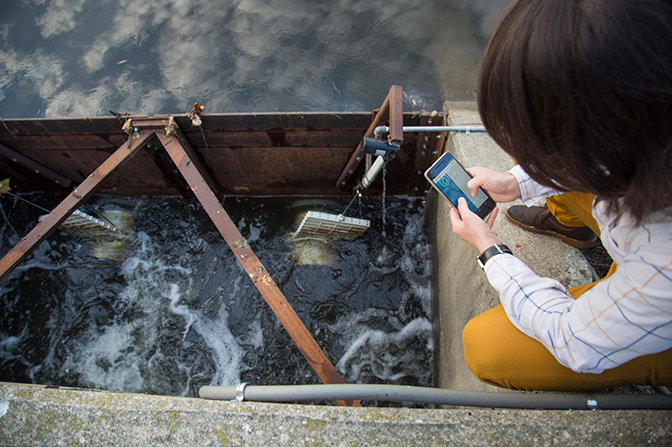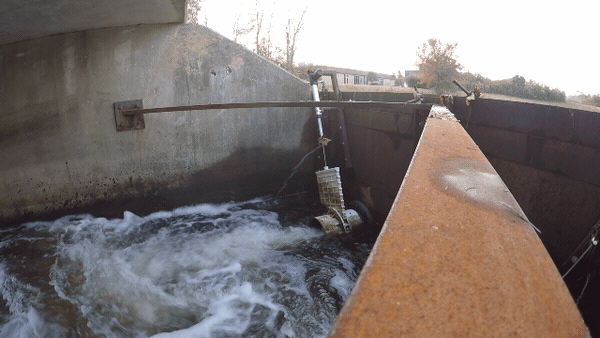
Floodproofing cities: $1.8M for smart stormwater project
Arming infrastructure with smart tech could limit flood damage.

Arming infrastructure with smart tech could limit flood damage.

Autonomous “smart” technologies for aging stormwater systems are being developed at the University of Michigan to lessen the impacts of flooding—potentially saving lives and billions of dollars in property damage.
Today, the National Science Foundation awarded a $1.8 million grant to Branko Kerkez, an assistant professor in the U-M Department of Civil and Environmental Engineering.
The grant is one of three in the nation funded at this level and it’s among 38 projects just announced under NSF’s new, $19.5 million Smart & Connected Communities program. Each project seeks to transform cities and communities through technology.

Kerkez is leading a national team of researchers from three other institutions to investigate how “smart” stormwater systems—outfitted with autonomous sensors and valves—can reconfigure urban watersheds in real-time to reduce flooding and improve water quality.
“There is an unprecedented opportunity now to combine everything we know about water with all of these new advances in technology and create solutions that bring the two together in a meaningful way,” Kerkez said. “And I think these smart stormwater systems are going to be one example of that. It’s really an exciting time for smart cities.”
Working with social and computer scientists, engineers, and local officials and residents from four communities, Kerkez is looking to bolster the ability to withstand and limit the damage from severe weather. Participating communities are Ann Arbor; South Bend, Ind.; Charlottesville, Va.; and Knoxville, Tenn.
Currently, Ann Arbor is serving as an experimental “smart” watershed. The researchers are cooperating with city and Washtenaw County officials. The stormwater system features between 10 and 20 sensors per square mile in its system, and testing is already underway. Sensors measure the quality of the water, as well as how much of it is flowing through the system at any given time, and other variables.
There is an unprecedented opportunity now to combine everything we know about water with all of these new advances in technology.
Branko Kerkez
“These measurements reveal how your system is functioning,” Kerkez said. “Is it overburdened? If it is, where are the open opportunities for improvement?”
The research will help answer several key questions:
Flooding is the leading cause of fatalities that occur during major weather events, and the damage it causes can be severe. Estimates of the impact that hurricanes Harvey and Irma caused in late August and early September have reached as high as $200 billion.
Costly flooding damage is not limited to the coastal areas targeted by hurricanes. In August 2014, Warren, Michigan’s storm systems were overwhelmed when 5.2 inches of rain fell on the city in 13 hours. The result: more than 18,000 homes damaged, mostly through basement flooding, 1,000 vehicles stranded by water, and an estimated $1.2 billion in overall damage.
The fix for such communities would be to replace their old infrastructure, which in many cases is long past its original intended lifespan. But the expense of putting in new pipelines is a nonstarter for many cities. Kerkez said enhancing existing infrastructure with sensors and autonomous technology could provide an alternative.
“Instead of saying new and expensive construction is our only option, can we use what we have in a better way?” Kerkez said.
The Smart and Connected Communities Program brings together researchers across a wide range of academic disciplines to closely collaborate with diverse stakeholders in local cities and communities, said Jim Kurose, NSF’s assistant director for computer and information science and engineering.
“The collaborative research undertaken by these groups will address challenges faced by our cities and communities, helping to transform communities and improve people’s’ lives,” he said.